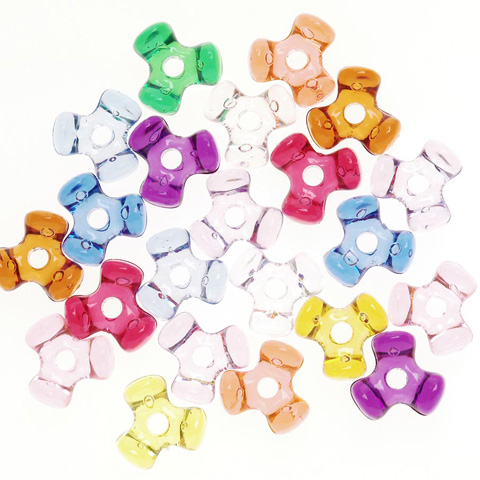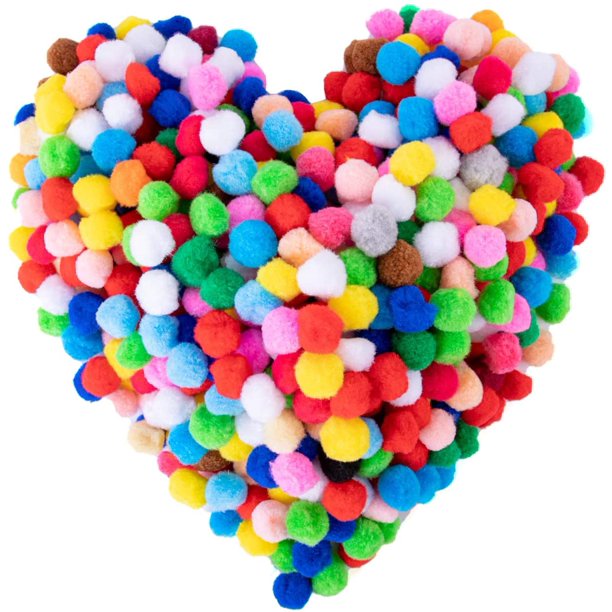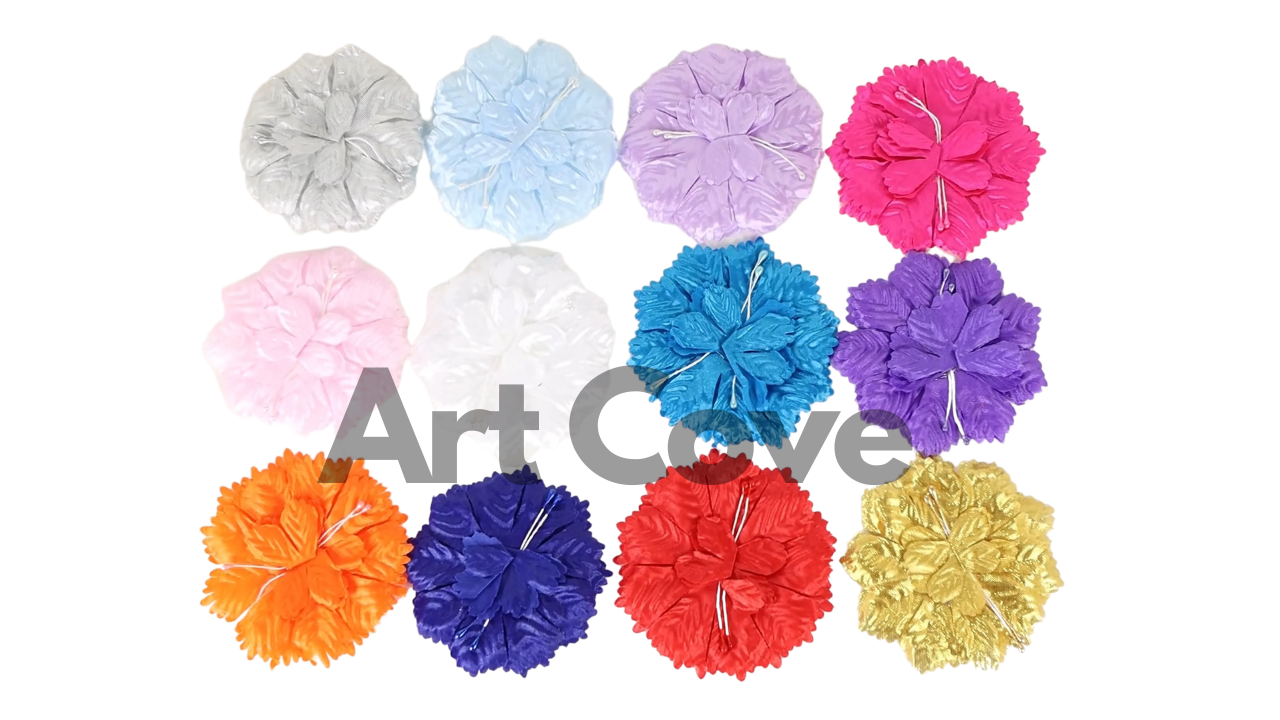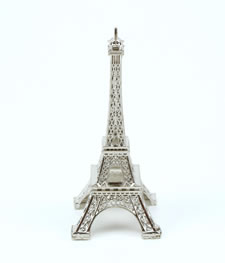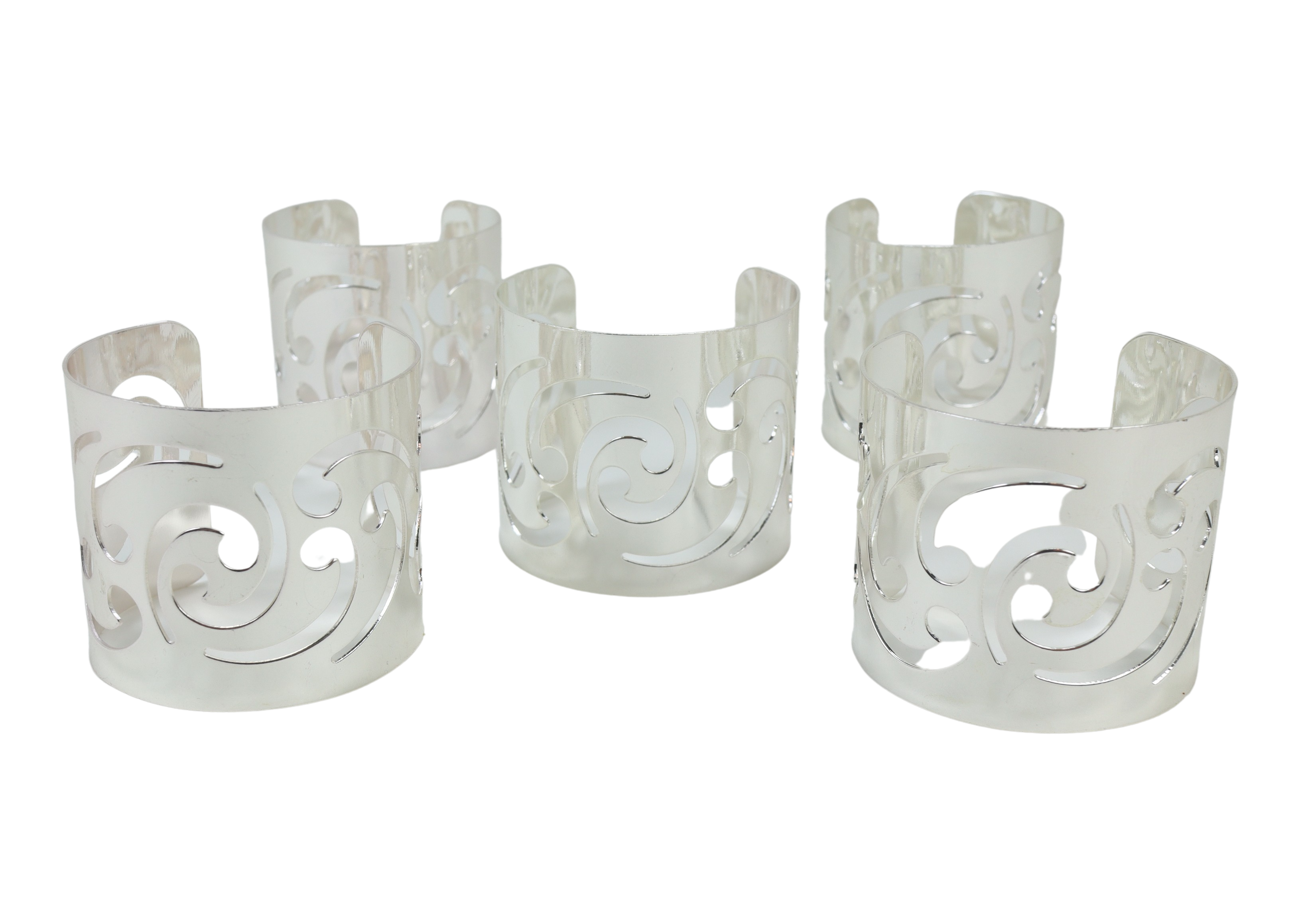Support service: hello@artcove.com 24/7
Knitting: A Must-Have Life Skill
01/16/2021
Knitting is a hobby that isn’t just limited to producing serotonin (hormones associated with happiness) after successfully learning a new stitch, but it also has other significant physical and mental benefits.
If you’re looking to detox your mind and body to escape from your stressful life, you should consider taking up knitting. Here’s why it’s so great:
The impact of knitting on physical health
Knitting is a meaningful distraction from chronic pain or physical injury for people around the world of all ages and backgrounds. It acts as a therapy that promotes fine motor coordination to alleviate or manage pain.
Additionally, knitting works best to lower blood pressures as it tones down hyperactivity in children and adults. And because it’s a goal-driven task, you’ll be paying full attention to getting the job at hand done.
The impact of knitting on mental health
Knitting is much like therapy that helps you cope with mental health challenges better.
Knitting can have a lasting effect on you. It releases hormones (such as serotonin, dopamine, estrogens, and progesterone) in your body that help counter anxiety and irritability to help you feel calm and relaxed. It’s also readily recommended by therapists to treat eating disorders.
Did you know that in 2009 Sheila Rovelstad and Lynn Zwerling introduced a ‘knitting behind bars’ program for prisoners? The results were as such that men who knit indulged less in acts of violence. They were able to manage destructive thoughts and behaviors themselves.
Alzheimer’s is the most prevalent cause of dementia: the loss of language, memory, and other cognitive skills. Knitting slows the onsets of dementia to keep Alzheimer’s at bay, as it actively nurtures the network between brain cells.
Some of the other notable mental health benefits of knitting include reduced depression and a rapidly increasing sense of wellbeing.
The impact of knitting on community
Knitting also significantly compresses feelings of loneliness and isolation by promoting social connections. If the coronavirus pandemic has restricted your physically walking options into a class, you can always join one online.
Alternately, knitting for charity or a loved one is an excellent booster for your brain’s rewards system as it’s calming and productive. People often claim that knitting is addictive, but it’s still better than any other self-destructive addiction you may have.
We rest our case here.
At Art Cove, we’ve completed 50 years of delivering quality art, crafts, and knitting supplies over the United States. Our collection of crochet and knitting supplies includes balls of yarns and threads in every color, needles in every size, and books to help you get started. Happy Knitting!
If you’re ready to go the extra mile, you can also buy the wooden embroidery hoops from our online store.
Personalize Your Gift: Jewelry Making and Beading Projects
01/14/2021
Personalized gifts are the best for any occasion. They hold a beautiful story connecting you to your loved ones for a lifetime.
Here’s all you need to know for your jewelry making and beading project.
Things you will need
- Glass beads that are systematically arranged in a bead organizer.
- Beading needle (preferably big eye for ease of use)
- Bead cord or thread
- Ruler or tape measure
- Earwires
- Headpins or eyepins
- Memory wire
- Wire cutters
- Pliers (crimp, round-nose, and flat-nose)
- Crimp beads or soft metal beads (in case you don’t prefer knotting the wire)
The standard jewelry length
Necklace:
Necklaces have been around since ancient times. Humans discovered the first necklace 25,000 years ago in a cave in Monaco made of fish bones. With time, people began to integrate feathers, shells, and colored gems into them.
Various names specify the length of the necklace: 14-16” for Choker, 12-13” for Collar, 17-19” for Princess, 20-24” for Matinee, 28-34” for Opera, and 35+ for Rope.
Nevertheless, these lengths vary based on who you’re making the necklace for. For men, women, plus-sized men and women, kids and babies, we recommend opting for 20”, 17-35”, 18-36”, 12-14” and 10-12”, respectively.
Choker:
Chokers have been the talk of the town these past few years. A choker is worn in a manner that touches the skin around the neck. You shouldn’t over-tighten it, or else it may hinder your breathing pattern.
For this reason, chokers aren’t recommended for babies. For women, men, the plus-sized, and kids, the recommended lengths are 14-16”, 18”, 17-19”, and 8-10”.
Bracelet:
The word originates from the Greek ‘brachile’ that translates to ‘of the arm.’ Anyone and everyone can wear bracelets.
For men, women, kids, and babies, we recommend cutting lengths of 8-11”, 7-7½”, 5½-6½” and 3½-5” respectively.
Anklet:
Anklets are oh-so-elegant. There are gold, silver, beaded, and charm anklets. To DIY an anklet, make use of the following size guide for men, women, kids, and babies: 11-14”, 9-9½”, 7-8”, and 4-4½”.
Birthstones to personalize your gift
If you want to personalize the gift for your loved one even more, integrate a birthstone into the jewelry.
Here are the birthstones with their corresponding months:
Month of the Year | Birthstone |
January | Garnet |
February | Amethyst |
March | Aquamarine |
April | Diamond |
May | Emerald |
June | Moonstone |
July | Ruby |
August | Peridot |
September | Sapphire |
October | Tourmaline |
November | Citrine |
December | Zircon |
We understand that they’re a little pricey; that’s why you can search for semiprecious stones or their crystal alternatives online.
Art Cove is a one-stop-shop for all your beading and jewelry making supplies. Buy different types of beads: faceted, spaghetti, tri, star-flake, plastic pearl, and pony beads from our stocks online. Also, we feature a collection of cords, threads, and wires. You can also choose casting resin and epoxy.
We’re an online art, craft, and knitting supplies store that delivers quality at discounted prices. Place your orders today from across the United States.
Why Art Education is Important - Infographic
01/12/2021
Art is more than just playing; it’s good for the mind and soul and plays a vital role in your child’s development.
Here are some reasons why art education is important:
Traveling with Art Supplies: A Guide
12/23/2020
When travelling across the world seeing magnificent sights, you’ll most likely get inspired to pull out your art pad and replicate the beauty around. If you’re travelling with art supplies, here are some things to keep in mind.
1. Start With A Checklist
First things first, make a checklist. With tons of art supplies scattered around in your studio, you might face the urge to pack it all up. This is why making a checklist of only the necessary items will ensure you don’t go overboard with packing. Keep in mind that you’ll have to carry your clothes, shoes and other essentials within a limited weight allowance.
2. Print Out A MSDS
A Material Security Data Sheet will keep you away from any troubles at the checking counter. This is a detailed document regarding the art supplies that you carry. Avoid using the word “paint” and replace it with “Artist Colors” instead. Make sure to state that you’re not taking any solvent or hazardous materials.
If you have oil paints, tell the security guards that artist oil paints are made from vegetable oil, which is allowed on the plane. Art supplies are most likely to be thoroughly inspected, which is why this MSDS comes in handy.
3. Sort Out The Liquids
All liquids should be kept in a transparent sealable bag 20cm by 20 cm in size. If you don’t have this at home, you’ll probably find them at the airport as well. Remember that each liquid cannot be over 100ml, and the total combined liquid allowed is 1 liter. This is why it’s best to put all your liquid-based items in your baggage so that your toiletries can come under the 1-litre hand-carry limit.
Before putting anything in your luggage, do thorough research to double-check whether that item is safe for travel, or else you’ll have to open your suitcases at the airport!
4. Check Your Carry On Luggage
The one thing you want to stir away from is a knife issue in your carry-on luggage. All sharp tools like pallet knives should be packed in your checked-in bag. It’s also smart to put these items in a clear transparent bag with a label on top stating the contents. So, if they do ask you to open up your luggage, you won’t have to mess up your packing, searching for each piece individually. Simply show them the bag, and they’ll read the label on top.
All your paints should be in their original containers with their correct labels. If you transfer paint into a clear plastic bottle, be prepared for it to be confiscated.
Looking to buy arts and crafts supplies online? Artcove is the place for you! We have a wide range of art and craft material for all your art needs. You’ll even find some top-quality crochet supplies for winter crafts.
Visit their online store today.
Preserving Your Art Work (Part 2): Storage
12/21/2020
Now that you’ve perfected your masterpiece, it’s time to store it with all the other archives. This is a crucial step as it can ruin all your efforts if not done correctly. Here’s how to store and preserve your artwork for years to come:
1. Ensure Your Artwork Is Dry
Watercolors can take about 24 to 48 hours to completely dry. When working with oil or acrylics, the drying time will depend on the thickness of the paint used. If you used more than six to seven layers, and the oil paint has a thick consistency, it can take up to 3 months to a year to dry! Don’t rush to pack up your paintings, as this will only result in wasted efforts.
Keep your hands off all painted areas as this can leave nasty fingerprints; we recommend using cotton gloves when working with your artwork.
2. Once Dried, Varnish Your Artwork
Only once your painting is completely dried add a layer of varnish. This acts as a protective coating; it’s transparent and doesn’t affect the appearance of the art. It’s moisture-resistant, ensuring that you won’t have to worry about mold growth, dust accumulation, discoloration, or even harmful UV ray damage.
Along with protection, varnish adds a coat of shine that brings your entire painting to life. All the colors pop out and look visually appealing.
3. Don’t Store In A Dry Or Damp Place
When storing your paintings, it essential to consider the temperature and humidity of the place. A basement or attic might not be a wise option as the high-humidity can lead to discoloration and deterioration of color over time. You need to select a place in which the temperature and humidity are consistent. Approximately 55% humidity and 21 degrees Celsius temperature is essential.
4. Use A Plastic Wrap
When packing your paintings, use a plastic wrap to protect the finish. Acid-free packaging such as tissue paper is also a great idea. Next, use Styrofoam to seal it and place it in a box. Ensure that you place the Styrofoam in all the corners, and there are no empty spaces for your painting to move. Seal the box with paper tape.
5. Invest In A Wire Rack
When stacking your paintings, avoid placing them horizontally, as this can ruin the texture and color over time. If you do have to lay them flat, invest in a wire rack to ensure there’s enough distance for the paint to breathe.
6. Keep A Regular Check
Even though you must’ve followed all precautionary measures to store your artwork, it’s essential to keep a check on them after every few months. This will ensure no rodents are eating on the canvas or paper.
Looking to buy arts and crafts supplies online? Artcove is the place for you! We have a wide range of art and craft material for all your art needs. You’ll even find some top-quality crochet supplies for winter crafts.
Visit their online store today.
Preserving Your Art Work (Part 1): Creation
12/17/2020
Creating art means countless hours of working in your studio, perfecting every mistake, and a thousand layers of paint! When investing so much of your time and effort into creating a masterpiece, it’s essential that you protect it from all sorts of damage. Here are some tips to follow while creating art:
1. Avoid or Limit Exposure to Direct Sunlight
Sunlight consists of harmful UV rays that interact with the paint molecules in your artwork, leading to photolysis. This process is where UV rays break down paint molecules and cause them to lose their color. Exposure to sunlight can lead to photo-oxidation, which makes your artwork dull and yellow over time. When creating art, avoid sitting in direct sunlight for long periods. In particular, watercolors are extremely sensitive, which is why you must draw your curtains and shut the blinds when working with this medium.
You can also check whether the bulbs in your studio don’t emit any UV rays. We recommend using LED lights in your studio as these are safe and energy-efficient as well.
2. Keep A Check On The Humidity Level
Another factor that can affect the quality of your artwork is the humidity level. If there’s high humidity in the air around you, you’ll notice surfactant leaching (paint discoloration). High humidity means that there’s excess water vapor in the air. When you apply a fresh coat of paint, added moisture from the atmosphere will increase its drying time (especially for acrylic and latex paint).
When working with wood, the humidity level needs to be in control as wood can absorb the moisture. This leads the paint molecules to slip from the surface and results in peels or tiny bubbles.
It’s vital to keep the humidity level around 55%; this can be tracked with a hygrometer.
3. Keep Your Hands and Utensils Clean
The human skin releases natural oils and sweat that can damage your artwork. When painting, avoid touching your paintings with bare hands. Use cotton gloves so that your fingerprints don’t leave stains. Wash all your utensils before using them as the dried up paint of the brush can combine with new colors.
4. Avoid Using Materials That Contain Acids
Acids can ruin your hours, day, and months of effort. This can cause discoloration, and with UV rays combined—it’s a recipe for disaster. From your paper, masking tape, and even paints, check the label and ensure they’re acid-free.
Looking to buy arts and crafts supplies online? Artcove is the place for you! We have a wide range of art and craft material for all your art needs. You’ll even find some top-quality crochet supplies for winter crafts.
Visit their online store today.
How to get your kids interested in Arts and Crafts - Infographic
12/14/2020
Arts and crafts are a great way to encourage creativity and boost a child's confidence.
"Show Them How Art Can Be Fun"
3 DIY Projects to do When You’re Feeling Blue and Need a Pick-Me-Up
12/01/2020
When you’re feeling blue and need a pick-me-up to feel better, regular activities just don’t seem to cut it. That’s why you have to go the extra mile to give yourself some tender love and care.
It’s alright to feel a little low, but try not to be too hard on yourself during these times, as frequent and unprecedented as they may be. If you haven’t been able to complete your chores or clean up around the house, don’t beat yourself up. Forgive yourself and acknowledge the mess as a reminder that you deserve a break.
Here are some DIY projects that can help you feel better and boost your mood.
Make an origami cat
Allergic to cats or your landlord doesn’t allow pets? Sometimes cuddling with a furry friend can help you feel better but if that’s not an option for you, you can make your own origami cat as your feline friend. Gift them to your pet cat, if you have one, and help them feel less lonely too. The best part is you don’t have to get special supplies—use any paper lying around! If you want your origami cat to turn out purr-fect, order origami paper online.
Crochet your tears away
Put on your favorite Taylor Swift album and use it as the perfect soundtrack to get into your crochet supplies. Try your hand at an easy-to-make granny square which can be super soothing and help you feel better instantly. You can make yourself a granny square each time you feel a certain emotion and eventually connect them all together to make a beautiful, comforting blanket.
Get creative with handmade headbands
Have some extra fabric lying around at home? Hand sew it to make your own cute hair accessories and sharpen your crafting skills. Fabric headbands are easy to make and only require a basic sewing kit, elastic, and light to medium weight fabric.
Does crafting help you feel better? Indulge in your favorite arts and crafts supplies by purchasing them online at discounted prices. Buy craft material that brings you joy and lifts your spirits like bead and jewelry making supplies or crochet supplies. Check out our Facebook page for more updates!
Macramé 101: A Simple Guide
11/26/2020
Macramé knots and patterns are one of the easiest and most affordable crafts ever. All you need are some tools and basic knowledge about the knots, and you're good to go. Here's a guide for people who are starting out with this craft.
Special Terms
Knotting Cord
This cord is used to make knots for any particular macramé design.
Knot-bearing Cord
It's the cord on which you wrap your knotting cords around.
Sennit
It's the same knot repeated multiple times to form a repeating pattern.
Types of Macramé Knots
Reverse Larkshead Knot
This knot is famous for attaching the cords with the ring or rod on the top. To begin, fold the cord halfway. Then loop it below the ring with all the faces of the cords up. Now pull that loop over the ring and pull the cords through that loop — making a shape of a pretzel. Secure the knot by pulling the cords together.
Half Knot
Begin with 4 cords. The middle cords in this arrangement are considered the knot bearing cords, and outer cords will be considered the knotting cords. Begin by bringing the left cord toward the right cord over the 2 knot bearing cords and under the right knotting cord. Then bring the knotting cords on the right toward the left side from above the left knotting cord and below the 2 knot bearing cords. Secure the knot by pulling the cords.
Square Knot
You can make a square knot by making a sennit with half knots. To make a square knot, you perform the first half of the steps to make the half knot and then finish making a square by making another half knot.
Half Hitch (Vertical)
This knot has a lot of variations. Begin with two cords. The left cord will be the knotting cord, and the right will be the knot bearing cord. Bring the knotting cord above the knot bearing cord. Wrap the left cord around the right cord. Make a loop by bringing the left cord under and back over itself. Pull and secure this half stitch. Continue this process for a sennit.
Get Your Macramé Supplies from Art Cove
Are you looking to find discounted art supplies online? Check out Art Cove. Our art and craft supplies are affordable, letting you explore and experiment with the lost art of macramé. Our online store has got it all, from high-quality cords and beads, to paints and brushes. Check out our Facebook page for more updates.
Why Art is Great for Mental Health
11/23/2020
More than 20% of public health challenges are due to mental illnesses. And this number has only grown due to people experiencing social isolation and physical inactivity. This has created a pressing need for innovative and effective treatments!
Art plays a significant role in offering psychological help, promoting well-being, and enabling social connections for people with mental illnesses. Art therapy refers to creating or looking at art in a therapeutic context. It has played a valuable role in helping people cope with depression, anxiety, and PTSD.
Creating art using arts and craft supplies has also helped patients with dementia by enhancing their memory and cognitive skills. Here are some more therapeutic benefits of artistic expression.
Stress Relief
Painting, drawing, crafting, or sculpting are all healthy distractions that give your mind a break from overthinking. They also reduce overall stress levels.
A lot of people are using coloring books these days as stress relievers too—from creating them to filling them with creative designs.
Environmental and social factors heighten stress levels for people with PTSD and eating disorders. Looking at or creating art can help people find peace during moments when they are triggered.
Emotional Release
Creating art for therapeutic purposes provides you with a healthy outlet to express all your feelings and let go of your fears. It can be a challenge to reveal complex, built-up emotions like sadness and anger in words. This is where artistic expression comes in!
Making art helps you fulfill your desire for emotional release in the most creative way possible.
Creative Thinking
There are no rights or wrongs with art. You use both hemispheres of your brain while creating art, so it’s deeply stimulative no matter how you do it. You don’t necessarily have to be a talented artist to create ingenious artwork either.
Humans are innately creative. The philosopher and art critic Arthur Danto asserts
that art has a “transcendent” characteristic. This means that art is
tinged with individualized interpretations and meanings, surpassing even
the artist’s vision.
Increased Dopamine Levels
Dopamine is a feel-good neurotransmitter or chemical that’s released when we do something pleasurable. It instantly makes us feel happier, boosting our self-esteem. A psychological study indicated that creating art with arts and craft materials stimulated dopamine release in people. Elevated dopamine levels can also be beneficial for individuals battling anxiety or depression.
Take yourself on a journey of self-discovery and eliminate all the emotional roadblocks by indulging yourself in art. You can now purchase your favorite art supplies online with special discounts at Art Cove.
We are an online craft store that offers a wide range of arts, crafts, embroidery, and jewelry making supplies. Shop here.
Comments
No posts found



